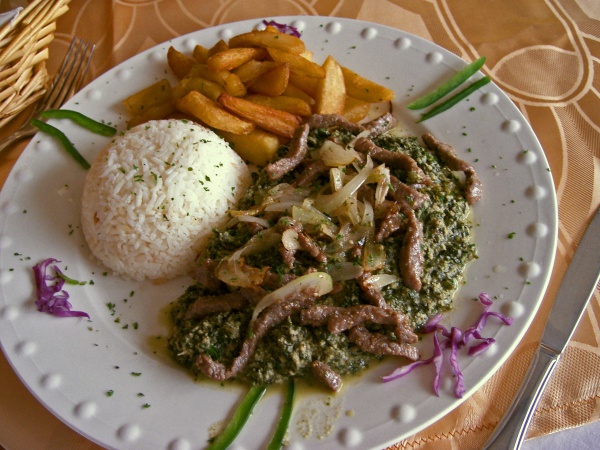Facts About Cameroonian cuisine
Cameroonian cuisine is a delightful blend of flavors and traditions, shaped by the country's unique position at the crossroads of Africa and its rich history of European colonization. This culinary diversity is evident in the variety of staple foods enjoyed across the nation, such as cassava, yams, rice, plantains, and an array of vegetables. Fish serves as a primary protein source, with poultry and beef also featuring prominently in many dishes.
With over 250 ethnic groups, each contributing their own culinary flair, Cameroonian cuisine is incredibly diverse. Standout dishes include Fufu corn (a type of dough made from cornmeal), njama njama (a leafy green vegetable), brochettes (grilled meat skewers, also known as soya), sangah (a corn and vegetable dish), and Mbanga soup (a rich palm nut soup). Other popular meals include kwacoco (made from grated cocoyam), Eru (a vegetable stew), Ndolé (a bitterleaf and peanut stew), Koki (steamed bean cakes), and Achu soup (a yellow soup often served with pounded cocoyam).
You’ll also find Mbongo tchobi (a blackened fish stew), Egusi soup (made with melon seeds), Kondreh (a plantain and meat dish), and Kati kati (grilled chicken). The cuisine is further enriched by New World staples, European cooking techniques, and an abundance of local ingredients, thanks to Cameroon’s fertile soil.
Beyond these traditional dishes, Cameroonian cuisine includes a variety of curries, soups, fish dishes, meats on skewers, and even insects in some regions. This rich culinary tapestry reflects the country’s cultural diversity and history, making Cameroonian food some of the most varied and flavorful in Africa.

 Republic of the Congo
Republic of the Congo